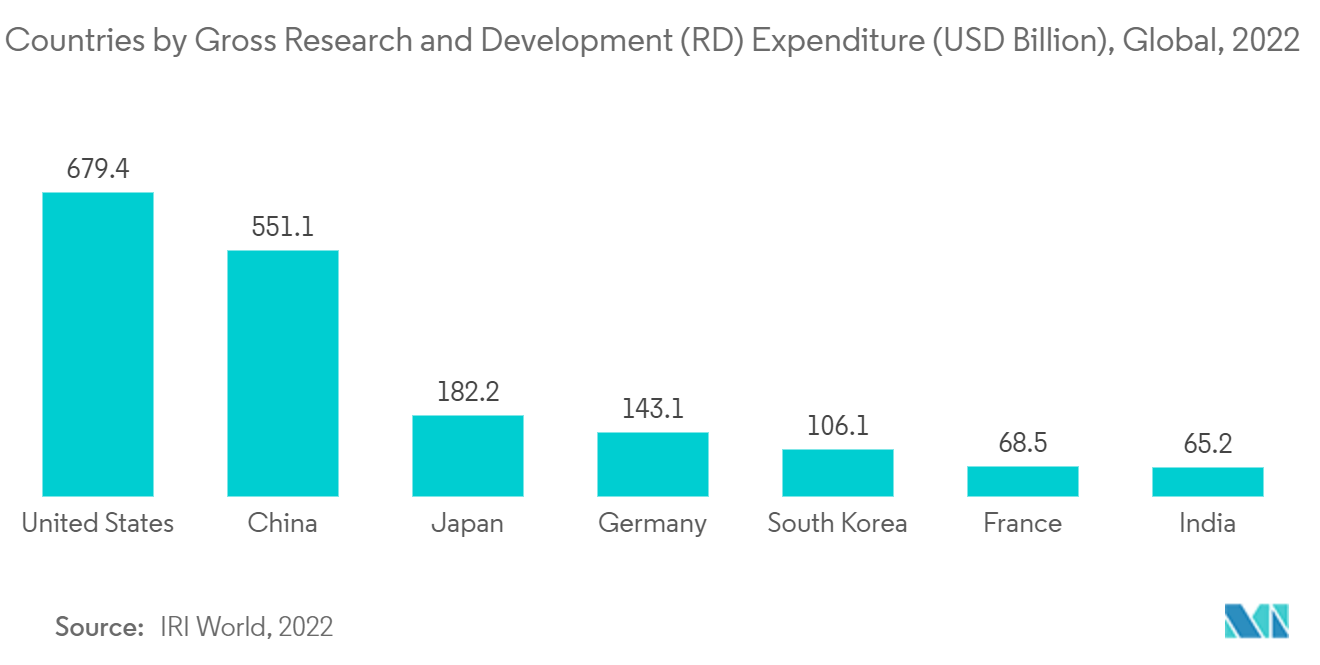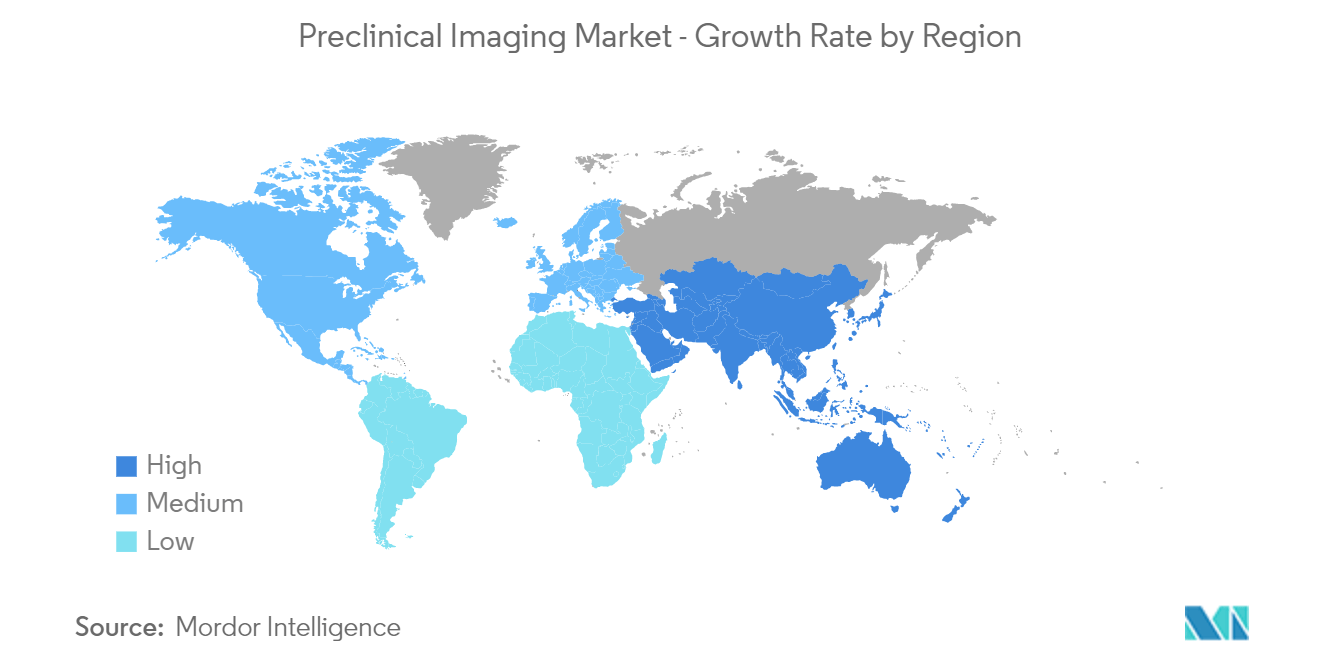Market Trends of Global Preclinical Imaging Industry
This section covers the major market trends shaping the Preclinical Imaging Market according to our research experts:
Micro-Ultrasound is the Segment by Modality and is Expected to be the Fastest Growing Market
Micro-ultrasound is a miniature version of ultrasound that has a wider range of applications, especially in research related to small animal models. These smaller versions of imaging techniques boost the efficacy of the techniques. As per the study published in May 2020 titled 'Preclinical Ultrasound Imaging-A Review of Techniques and Imaging Applications', ultrasound imaging is a well-established clinical imaging technique providing real-time, quantitative anatomical and physiological information in humans.
Additionally, they reduce the number of animals required for a particular study. Over the past decade, preclinical imaging has emerged as an important tool to facilitate biomedical discovery. The high-frequency micro-ultrasound steadily evolved in the post-genomic era as a rapid, comparatively inexpensive imaging tool for studying normal development, and models of human disease in small animals. One of the fundamental barriers to this development was the technological hurdle associated with high-frequency array transducers.
Product launches are another factor in the growth of the market. For instance, in October 2020, Fox Chase Cancer Center has unveiled a new micro-ultrasound system that physicians say could change the way prostate cancer is diagnosed and treated. Such approvals are expected to boost market growth.
The applications of preclinical micro-ultrasound are explored for developmental biology, cancer, and cardiovascular disease. Concerning the future, the latest developments in high-frequency ultrasound imaging are also being developed. The combination of multiple imaging modalities in preclinical studies will help the researchers to understand the molecular, cellular, and physiological changes in living animals and to predict the outcome of new treatments in patients. Thus, owing to the all above-mentioned factors the market is expected to witness high growth over the forecast period.

North America is Expected to Dominate the Preclinical Imaging Market
North America is expected to dominate the preclinical imaging market because the region has a developed infrastructure, a large number of preclinical projects, and higher adoption rates of technically advanced devices in the region.
The COVID-19 pandemic and its aftermath have had a significant impact on academic studies in the United States. Coronavirus disease 2019 (COVID-19) has ravaged the globe, killing hundreds of millions of people, shutting down economies, closing borders, and spreading misery on a global scale. Most non-COVID clinical research has been halted due to distance and transmission concerns. There were no licensed medicines or vaccinations available when SARS-CoV-2 appeared at the end of 2019. The present paradigm of traditional drug research and development, which takes years from start to finish, is being challenged by the urgent need for countermeasures during this crisis. Antivirals, immunomodulators, anticoagulants, and other medicines have accelerated pathways that can be used as "roadmaps" to help prioritize compounds for clinical testing.
Hence, The National Institutes of Health (NIH) announced the Accelerating COVID-19 Therapeutic Interventions and Vaccines (ACTIV) public-private partnership in April 2020, to establish a coordinated research strategy for prioritizing and speeding the development of the most promising treatments and vaccines.
The United States is also found to be dominating the market, owing to the presence of established infrastructure and the presence of major public and private companies. The increased research and development funding that is taking place, coupled with the presence of a highly developed research infrastructure, is accelerating the growth of the preclinical imaging market in the United States.
Furthermore, the increasing number of clinical research organizations (CROs) and pharmaceutical companies are thereby increasing the adoption of in-vivo imaging systems in Preclinical research, which is further accelerating the growth of this market.
In addition, corporations are offering new products to diversify their product portfolio. Bruker, for example, announced the debut of the Ultima Investigator Plus in March 2022, the newest modular platform addition to the industry-leading Ultima range of multiphoton microscopes for deep tissue fluorescence imaging. Investigator Plus enhances scientists' capacity to image deep and see more within tough specimens with an extended field of view, optimized optics for two- and three-photon imaging, and an increased close-coupled collection path. In addition, organizations are advancing on new products to expand their product portfolio. Bruker, for example, revealed the unveiling of the Ultima Investigator Plus in March 2022, the newest flexible platform addition to the industry-ahead Ultima range of multiphoton microscopes for deep tissue fluorescence imaging. Researcher enhances scientists' ability to image deep and see more within specimens with an extended field of view, optimized optics for two and three-photon imaging, and an expanded close-coupled collection path.
Thus, all these factors have contributed to the growth of the market in the region.


